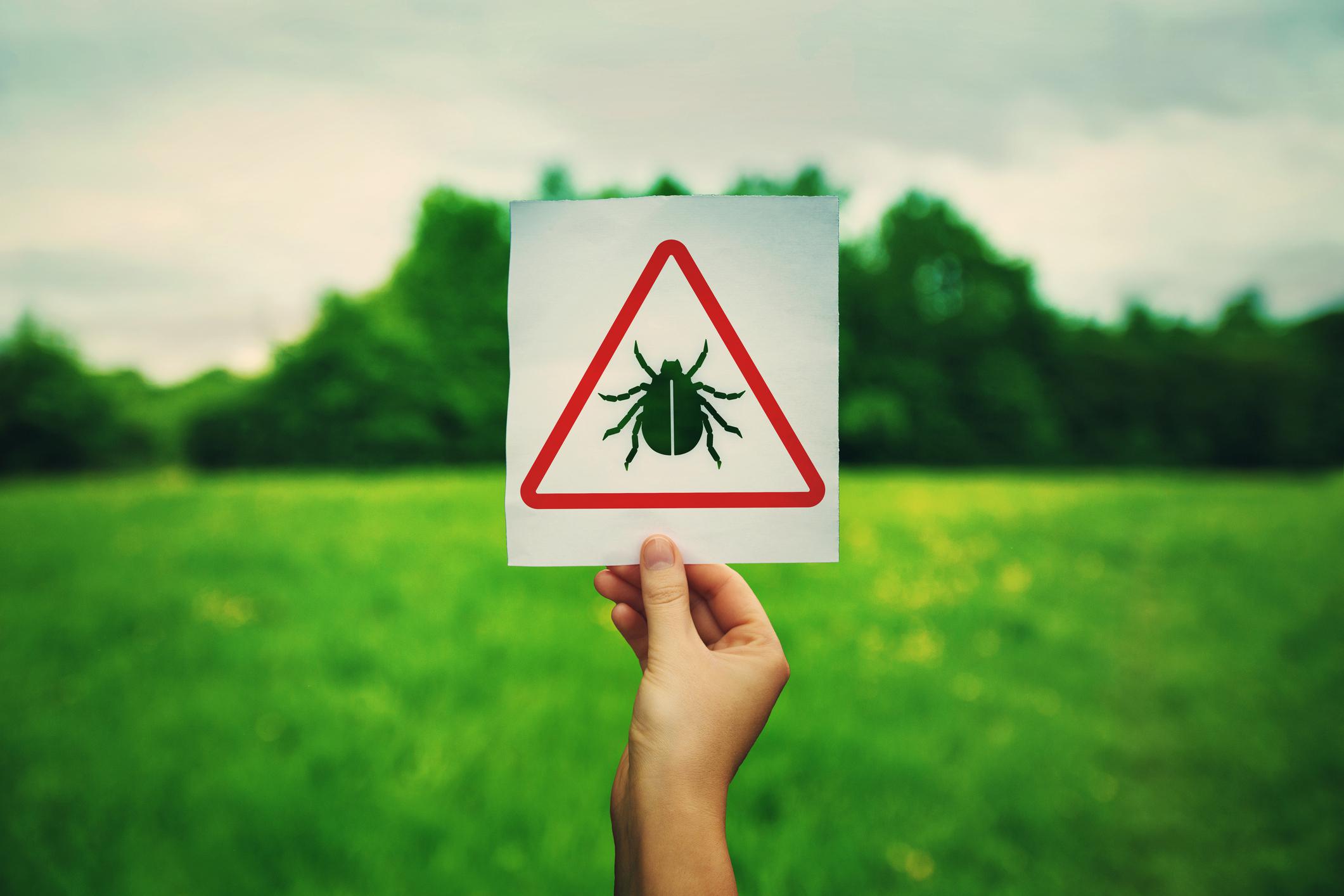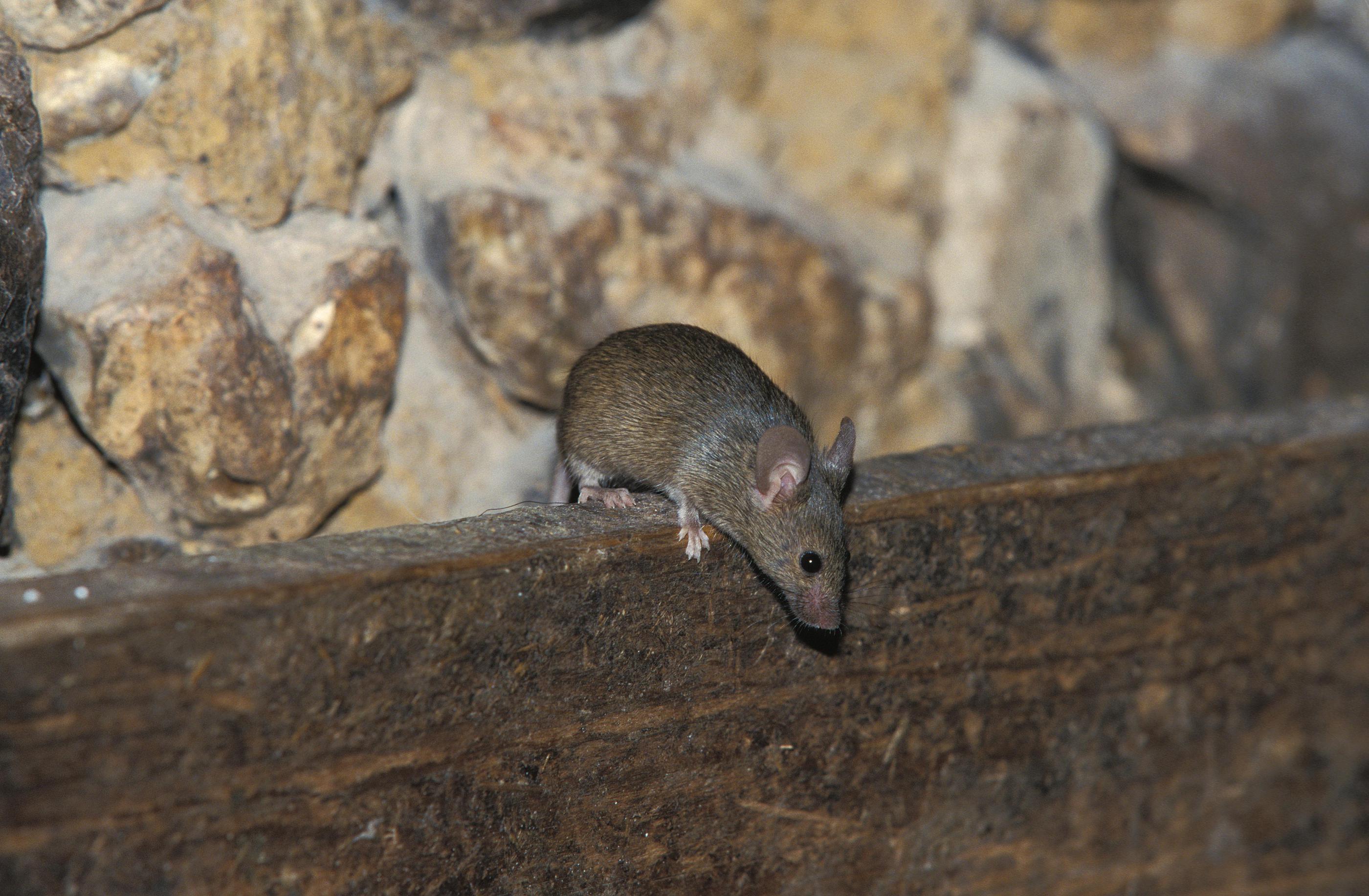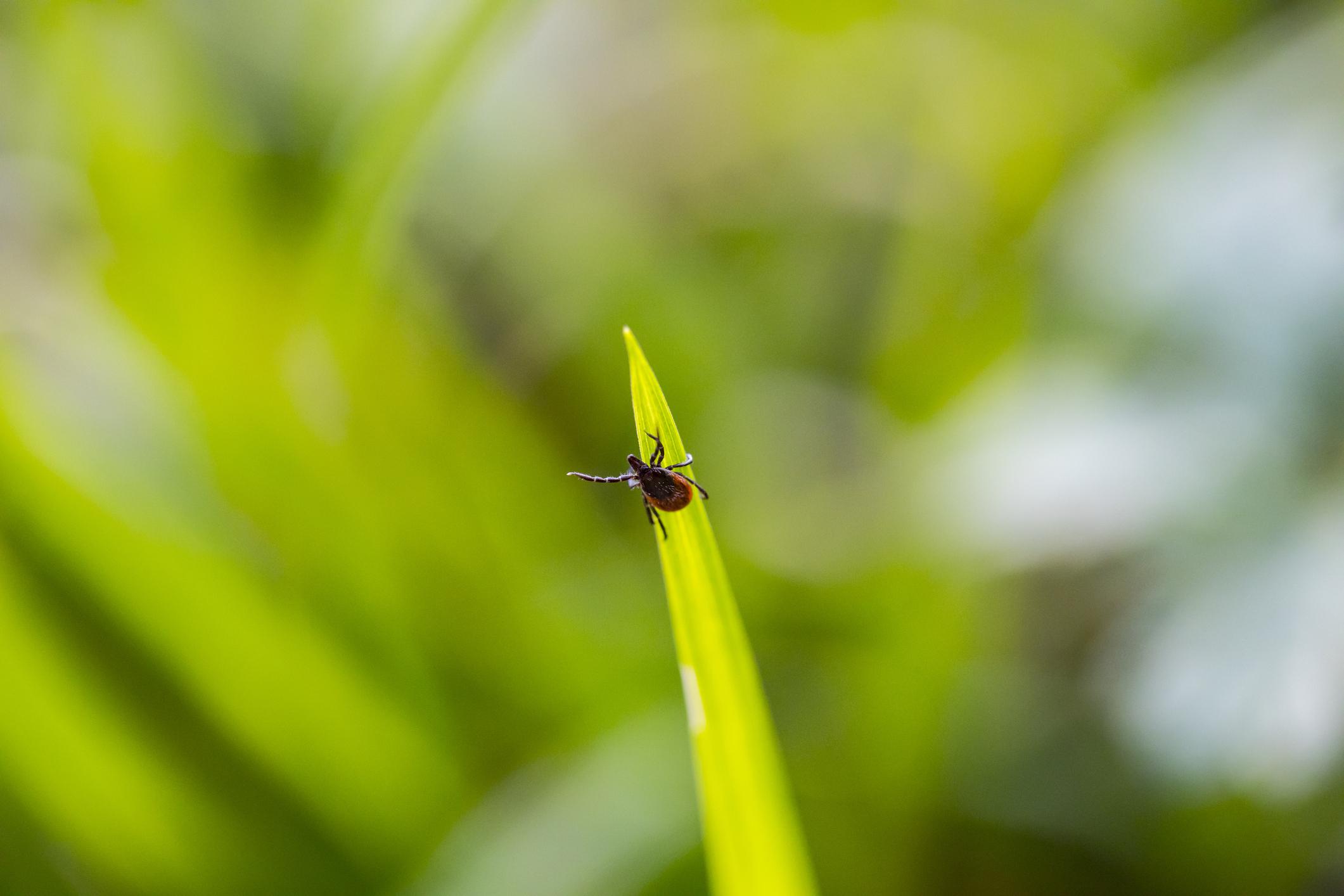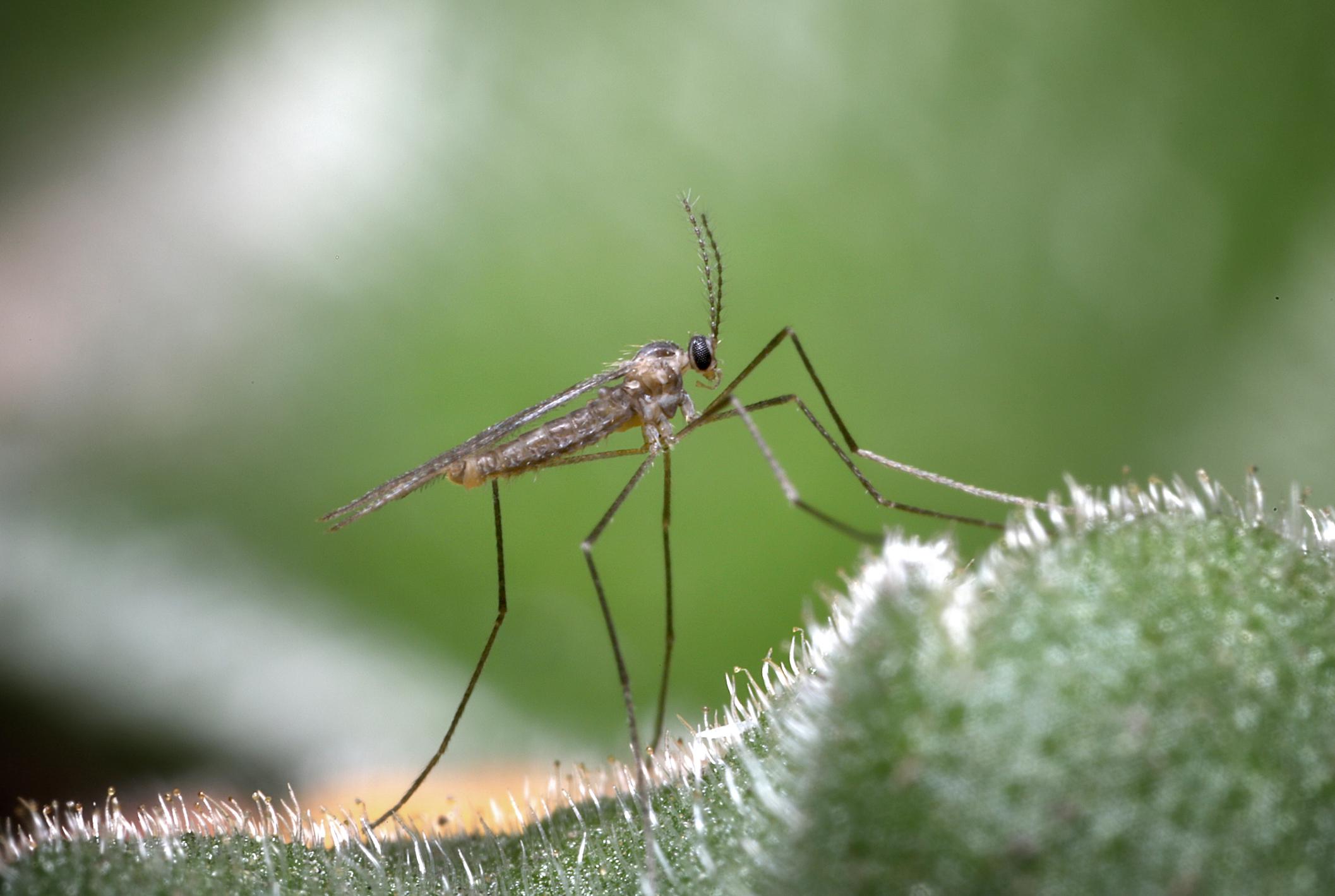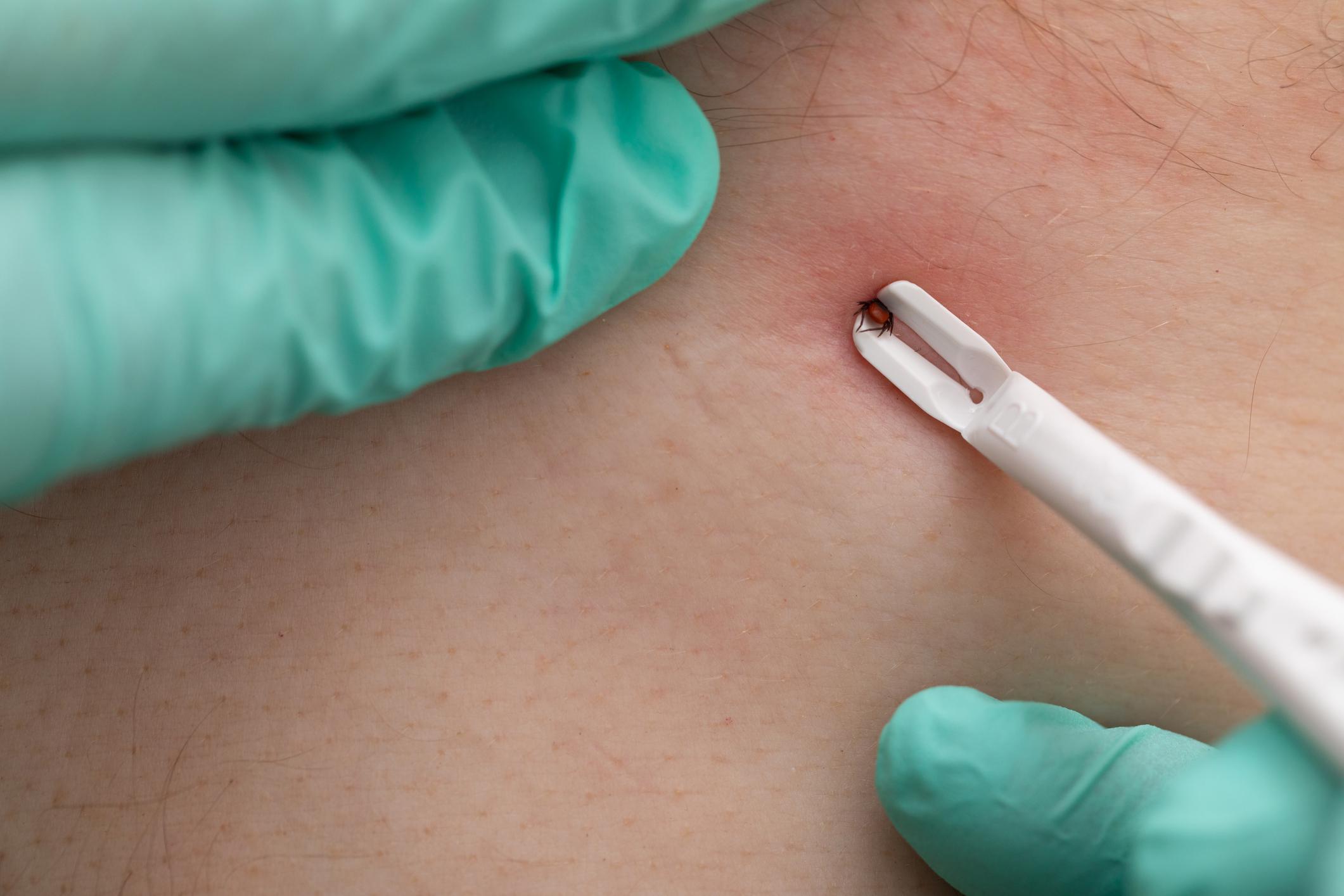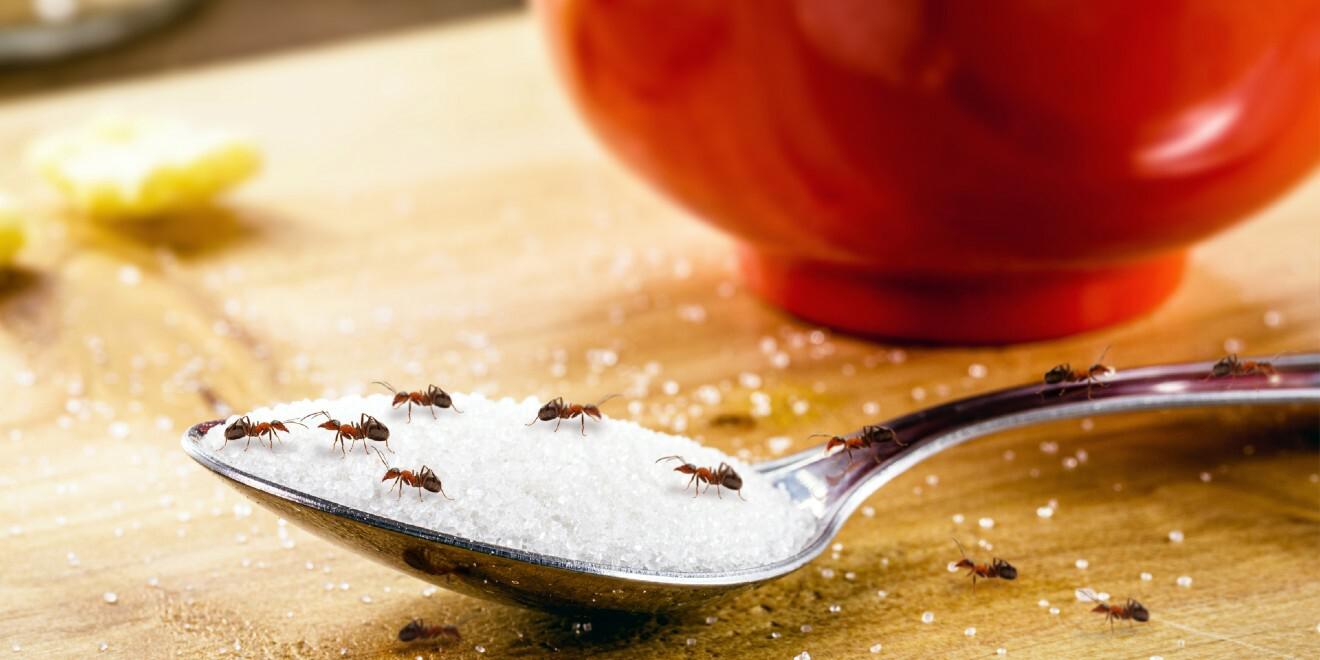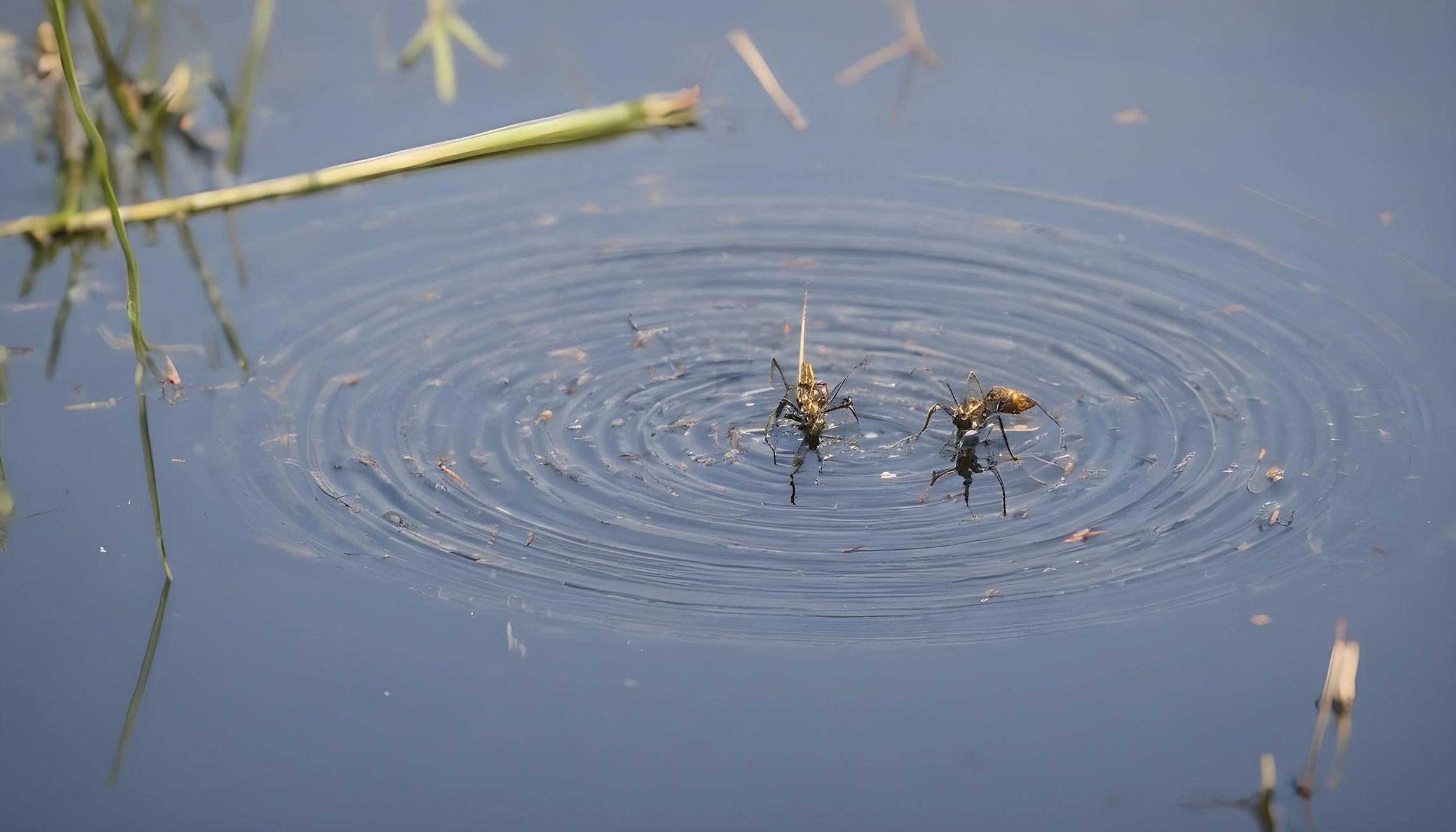Less Common than Lyme Disease in Westchester County – Powassan Virus is More Deadly
Posted by Mosquito Squad
June 8, 2014
In 2013, Putnam County just north of Westchester County, reported 3 positive cases of Powassan virus from tick bites. No one knows how many actual cases of this disease there are each year in the US. It often goes misdiagnosed and untreated, especially with milder cases. The acronym for the disease is POW for good reason. It has a fatality rate of up to 60%.
Although there are far fewer reported cases of this disease than Lyme Disease, it is much more infectious. The deer tick, which often transmits Lyme Disease, also transmits POW. More common tick diseases like Lyme, Anaplasmosis, Ehrlichiosis and Babesiosis are transmitted 24-48 hours after a tick bites its host. Powassan infection occurs 15 minutes after a tick bites its victim. Knowing the steps to keep ticks off you, like tucking trousers into socks and performing regular tick checks is even more important now that this more infectious disease is spreading.
Besides the rapid transference of this virus, this tick-borne virus has no treatment. Unlike Lyme Disuse, antibiotics are not always as successful in treating POW. No vaccine has been developed for it and there are no plans to develop one. The CDC states the virus “can infect the central nervous system and cause encephalitis (inflammation of the brain) and meningitis (inflammation of the membranes that surround the brain and spinal cord).” Although a tick-borne virus, it acts more like West Nile virus found in mosquitoes. Half of the survivors of Powassan virus will have permanent symptoms such as recurrent headaches, muscle wasting and memory problems.
In July 2013, Nancy Walsh in MedPage Today reported that this disease occurred more often in ticks east of the Hudson River. However, the virus is not expected to be limited to the East for long. Scientists know that birds are a vector for spreading the disease. In the MedPage Today story, Richard S. Ostfeld, PhD, of the Cary Institute, discussed the importance of birds in the spread of POW into other parts of New York, saying, “Therefore, we might expect Powassan to move across the Hudson into western New York and potentially elsewhere in the Mid-Atlantic and New England regions like the other tick-borne diseases.”
Despite a current low risk of infection, the stakes are high in combating this disease. Prevention is even more important now that we know this disease is in our state and has been confirmed one county north of Westchester County. First discovered in 1958 in Canada the first case occurred in the US in 1997. There were 10-12 cases of POW reported in New York last year. If you know you’ve been bitten by a tick and your tests come back negative for the more common tick diseases, you should discuss with your doctor about being tested for POW. POW symptoms usually occur in 1 week to 1 month after exposure. A recent story in The Bangor Daily News, The tick-borne Powassan virus – you don’t want it, describes one case in which the virus turned fatal.
In order to protect yourself and your family from this and other tick-borne disease this summer, Sub:BusinessName} recommends you consider eliminating ticks where you spend the most time – your yard. Contact Sub:BusinessName} today to learn more about reducing the risks of tick-borne illness on your property this season.



